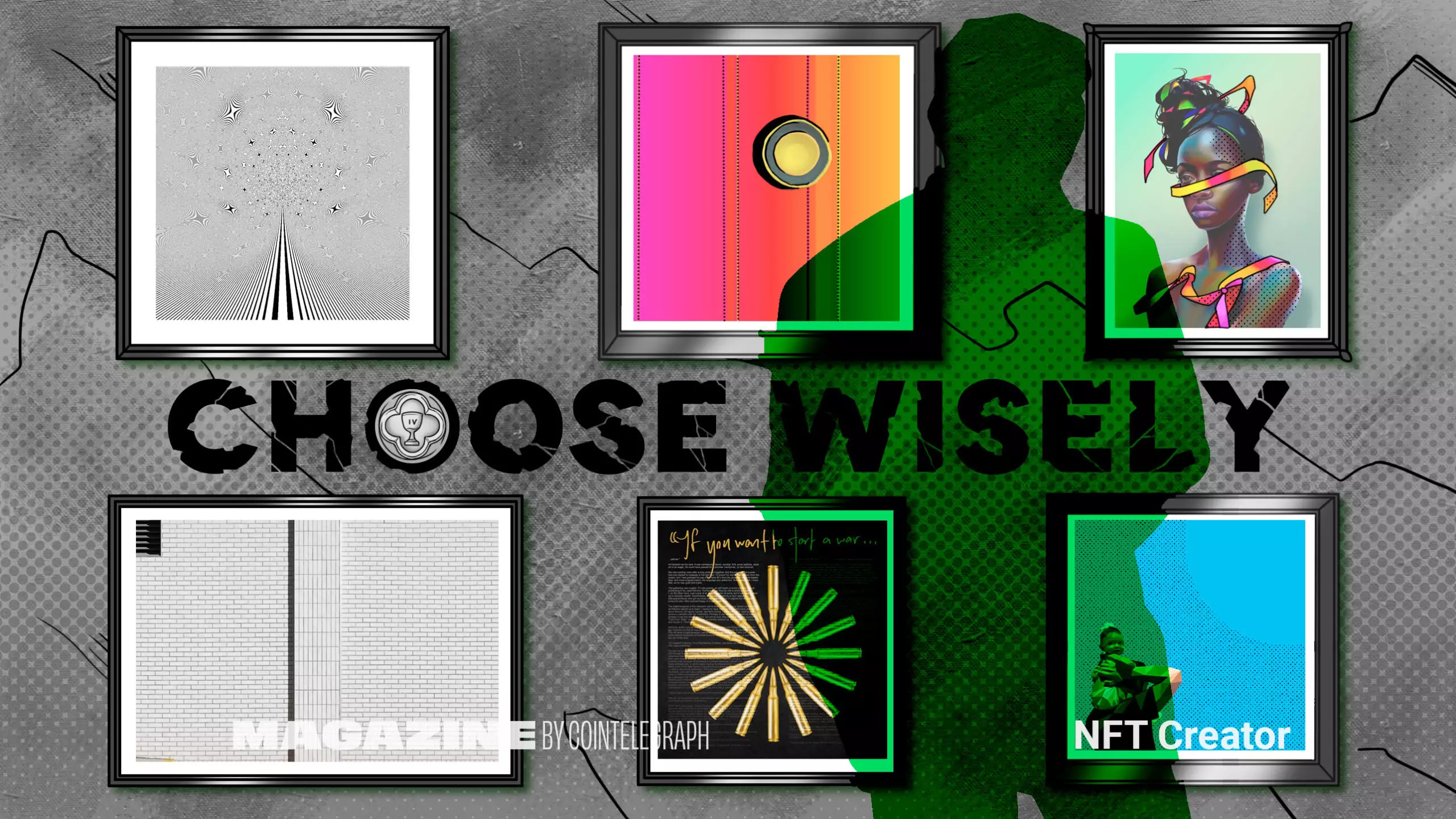The world of art collecting has always been about more than just the art itself. It’s about the story behind the piece and the identity of the artist. However, with the rise of non-fungible tokens (NFTs), the focus has shifted towards attributing provenance to digital objects. This has led to a surge of interest in digital art, although the NFT space is currently experiencing a downturn. In the midst of this, Grails by PROOF has emerged as a fascinating concept that challenges the traditional art market by abstracting away the identity of the artist.
The Concept of Grails by PROOF
Grails by PROOF introduces a unique gamification mechanic to engage collectors in a different way. Prior to a minting window, between 20-25 pieces of art are revealed to 1,000 whitelisted collectors. However, what sets Grails apart is that no one knows who the artists are behind each piece. This creates a special dynamic of speculation and intrigue, as collectors must assess the art purely based on its merits without any preconceived notions about the artist’s reputation.
The Role of Artists in the Market
In the traditional art market, the artist’s identity plays a crucial role in establishing the value of a piece. However, Grails flips this paradigm on its head by challenging collectors to go deep and spend time with each artwork, detached from the financialization that often plagues the NFT space. By removing the artist’s name, Grails forces collectors to engage with the art on a more personal level and form their own interpretation and assessment of its quality.
The Artists Behind Grails
Despite the anonymity of the artists in Grails, the project has managed to attract some of the biggest names in the NFT world. Artists like Alotta Money, Josie Bellini, Trevor Jones, Coldie, Snowfro, Beeple, and collections such as Fidenzas and Ringers have all contributed to the success of Grails. Even celebrities like Gary Vaynerchuk, Alexis Ohanian, and Tim Ferriss, who are involved with the NFT space, have participated in the project. This demonstrates the widespread appeal and recognition of Grails among both established artists and influential figures in the NFT community.
The Evolution of Grails
Grails has evolved over time to enhance the experience for collectors. The fourth season, set for reveal on August 11, promises new mechanics and an emphasis on storytelling and production value. In season three, Grails introduced the concept of series, allowing a single artist to contribute multiple unique pieces as part of a collection. In season four, the focus is on long-form generative projects using the Art Blocks engine, where the outputs are generated live in the moment of minting. This constant evolution ensures that Grails remains special and unique, capturing the imagination of collectors.
Value for NFT Holders
In the midst of the NFT market downturn, collectors often question the value of their holdings. Luca Netz, CEO of Pudgy Penguins, argues that building a globally recognized brand is the best path to accruing value for NFT holders. Brands like Pudgy Penguins, VeeFriends, and Doodles are diversifying their offerings beyond the NFT ecosystem, creating real-world touchpoints for their IP. From physical collector cards and collaborations with established brands to appearances at prestigious events like Comic Con, these projects are demonstrating the potential for long-term value.
The Future of Grails by PROOF
While it remains to be seen how the future unfolds for Grails by PROOF, the concept has already garnered significant interest and support. The engagement and speculation it generates among collectors is a testament to its innovative approach to NFT art collecting. By abstracting away the identity of the artist, Grails challenges collectors to focus solely on the art itself, fostering a deeper connection with the pieces. As the NFT market continues to evolve, projects like Grails will play a crucial role in pushing the boundaries of what is possible in the world of digital art.
Grails by PROOF represents a unique and intriguing concept in the world of NFT art collecting. By removing the artist’s identity from the equation, Grails challenges collectors to engage with the art on a deeper level, free from preconceived notions and biases. The involvement of renowned artists and influential figures in the NFT community further validates the significance of Grails. As the project continues to evolve and explore new mechanics, it is poised to shape the future of NFT art collecting and redefine the relationship between artists, collectors, and the art itself.


Leave a Reply